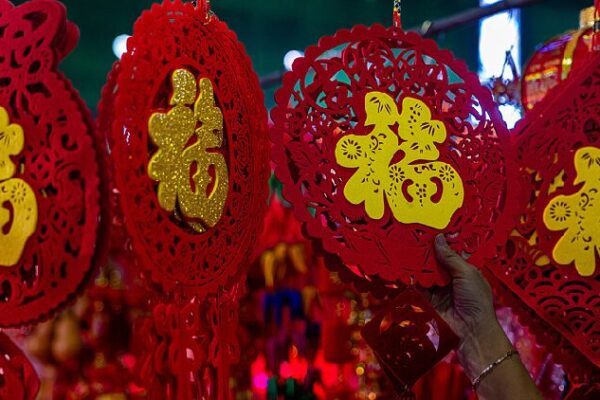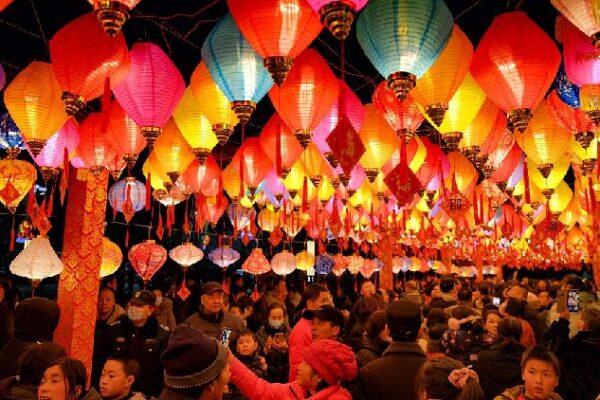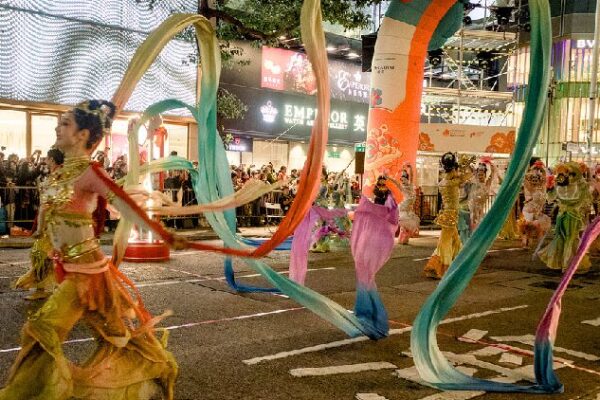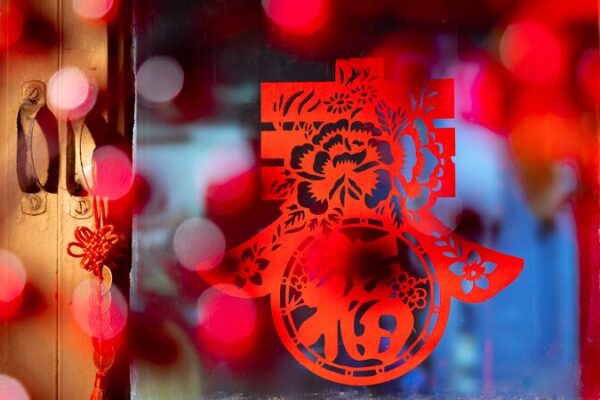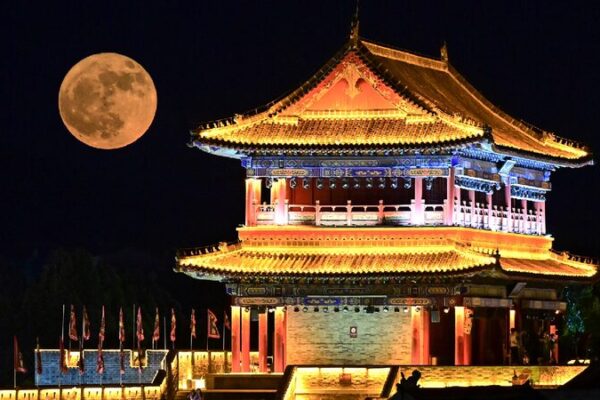As the warm glow of millions of lanterns paints cities and towns across China in vibrant hues, the luminous full moon captivates hearts and minds during the Lantern Festival night. Far more than just a picturesque backdrop to festive celebrations, gazing at the moon on this culturally significant night is a deeply cherished tradition, intricately woven into the fabric of Chinese heritage.
This lunar observance is about more than admiring the silvery orb in the sky; it’s a meaningful act that celebrates family reunion and unity. The Lantern Festival marks the first full moon of the lunar new year, symbolizing completeness and fulfillment.
But did you know that the beautiful moon, so central to the Lantern Festival, doesn’t glow on its own? It’s all about reflected sunlight. Think of the moon as a giant space mirror catching rays from the sun. The full moon magic happens when Earth positions itself directly between the sun and the moon. In this cosmic lineup, the sun’s light illuminates the entire side of the moon that faces us, making it appear as a perfectly round, fully lit orb.
This February’s full moon is just a prelude to a season of celestial wonders. Skywatchers are in for a treat in the coming months with a variety of astronomical events on display. In April, the Lyrids and Eta Aquariids meteor showers will streak across the night sky. Late March brings a partial solar eclipse visible in parts of the world.
As we look forward to these upcoming events, the Lantern Festival encourages us all to take a moment to look up and marvel at the universe above. Whether you’re watching lanterns float into the night sky or tracing the patterns of stars and planets, the sky offers a limitless source of wonder and inspiration.
Reference(s):
The lunar glow: Science and tradition in the Lantern Festival sky
cgtn.com

